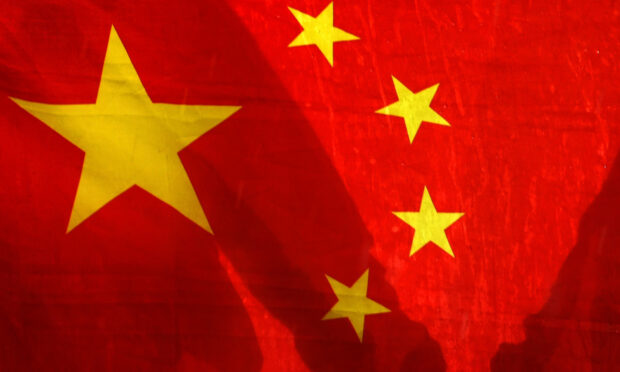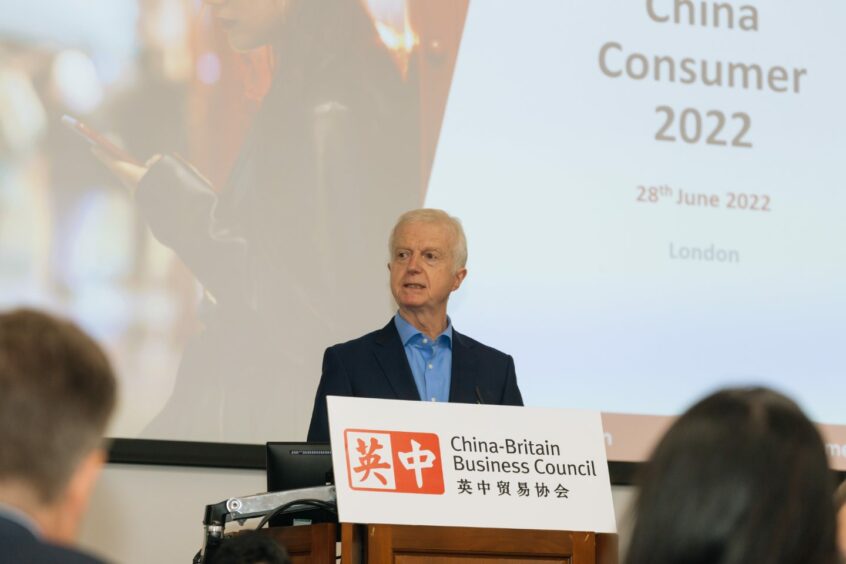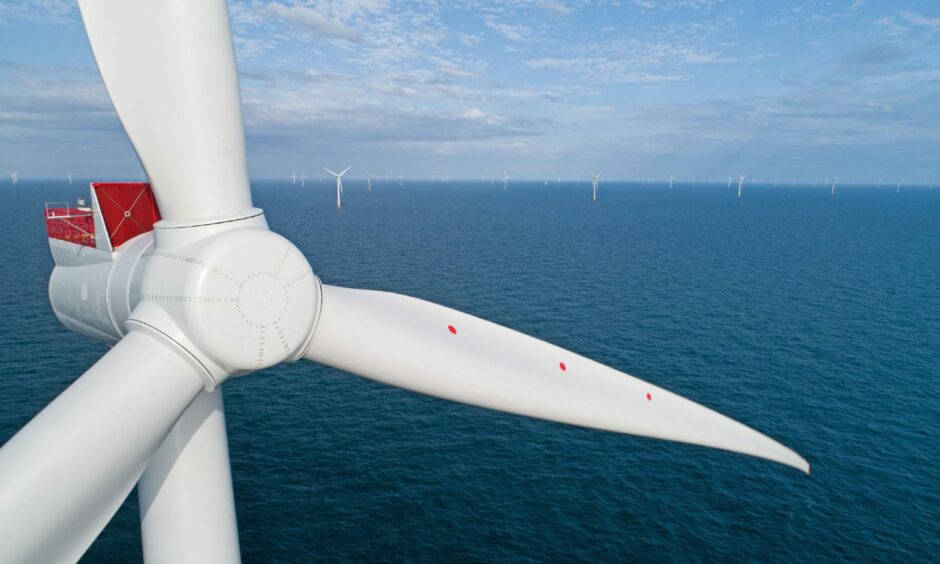Sharply rising numbers of Asian consumers present real opportunities for north and north-east Scottish companies who are able to present a backstory of authenticity, locality and quality.
Nowhere more is that thrown into starker relief than by the colossus that is China and its burgeoning middle class, whose sheer numbers make for dizzying reading.
Enduring the most draconian of all lockdowns for the past two years, the Chinese are a tightly coiled spring ready to burst back on to the international scene with mass tourism and manufacturing an appealing target for north and north-east businesses in food and drink, energy and manufacturing.
After being cooped up for so long, they are emerging, blinking into the sunlight – and they have time to use and money to spend on what is clearly a love affair with north and north-east staples such as whisky, salmon and fine textiles.
But a rising tide anti-Chinese sentiment risks UK companies throwing “the economic and business baby out with the bath water”, a leading business ambassador has warned.
Chinese middle class consumers are ‘critical’
According to a Cambridge Econometrics survey in 2020, employment across Scotland dependent on trade with China is between 8,100 and 10,000 people.
China-Britain Business Council (CBBC) chief executive Andrew Seaton told the Press and Journal: “In particular, it is the growth of the high-consuming Chinese middle class; globally, the middle classes are absolutely critical.
“In the coming decade that global middle class will grow by around 900m people, which is quite a scary number in itself. But China is going to account for around 500m of that. The high-income population in China is going to grow from around 30m now to around 115m people by 2035.
“For many of these, Scottish brands have real value attached. Things like a back story, tradition, sustainability, locality, can be really, really important. Whether it is Scotch whisky, (higher) education, Scottish seafood, playing into that rising Chinese middle-class consumption is such an important opportunity for UK regional businesses.”
Exports from the UK to China last year were more than £30bn, up around 16%, while those from Scotland alone to the Middle Kingdom were £800m.
Mandarin-speaking Mr Seaton has spent most of his life either working in China or dealing with the country from the UK and has witnessed the colossal sea-change that has seen Beijing emerge as the world’s number two economic superpower.
Mr Seaton does not attempt to sugarcoat some of the undoubted high-profile challenges surrounding China; the increasing banning by Western governments of use of the TikTok app for example, the human rights issue of the Uyghurs and all backed with an ever-more powerful military presence.
“The geopolitics have become more difficult and complicated,” he concedes, adding: “From the UK’s perspective we must make a proper evaluation of our national security and stand up for our values.
“What concerns me is in that process we have rather thrown the economic and business baby out with the bath water.
China ‘probably world’s largest economy’ by 2035
“When the UK and Scottish economies are facing all sorts of headwinds and challenges, if we are not properly taking advantage of that China business export and investment opportunity, it is going to be our young people and our companies which are going to be the losers.
“The scale of the opportunity is enormous: China is the second biggest economy in the world according to the UK Department for Business and Trade and will probably be the largest by the middle of the next decade.
“It is not about being nice to China – it is about jobs for UK companies and supply chains in north and north-east Scotland. Making sure we have a sensible business trade investment relationship.”
Mr Seaton highlighted whisky in particular as appealing to discerning Chinese middle class consumers with the top three performing single malts being The Macallan, The Glenlivet and Glenfiddich.
The China expert also cited the renewables and wind sectors as being areas of potential cooperation.
Mr Seaton said: “China has the second-largest offshore wind capacity after effectively, the North Sea, while there is also Chinese investment in North Sea oil and gas as well as on and offshore wind.
Don’t jump in with both feet”
CBBC chief executive Andrew Seaton
“Companies such as Red Rock have projects in Scotland (while others) are also looking at technologies to service that market. Looking ahead, the zero-carbon wind and renewables area has a lot of potential including businesses in north and north-east Scotland and Chinese companies working together.”
With such a wealth of UK-Sino experience, what would the CBBC chief executive’s advice be to would-be north and north-east companies wanting to do business with China?
“China is a market which has to be taken seriously,” said Mr Seaton adding: “It is not a market to be taken casually because that way you can lose your shirt.
“Don’t jump in with both feet – you must do due diligence. Just getting a tiny, tiny slice of the Chinese market can be absolutely transformational.
And a final word on China’s insatiable thirst for authenticity?
“Johnstons of Elgin supplies to Burberry,” said Mr Seaton adding: “It is a really interesting example. They don’t want Burberry products made in Portugal – they want the genuine article – they want the real deal.”





Conversation